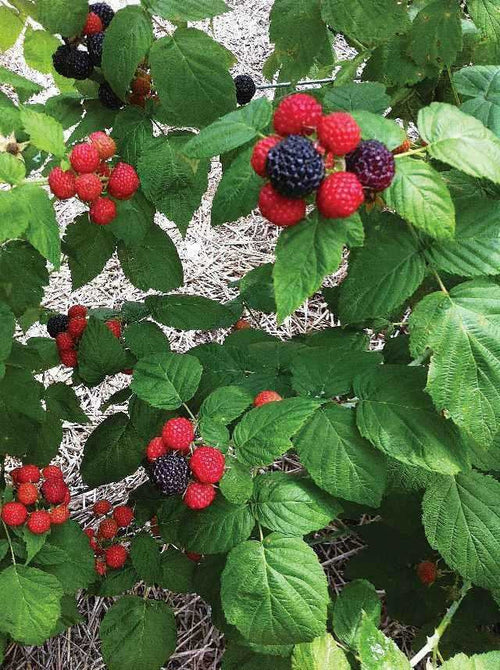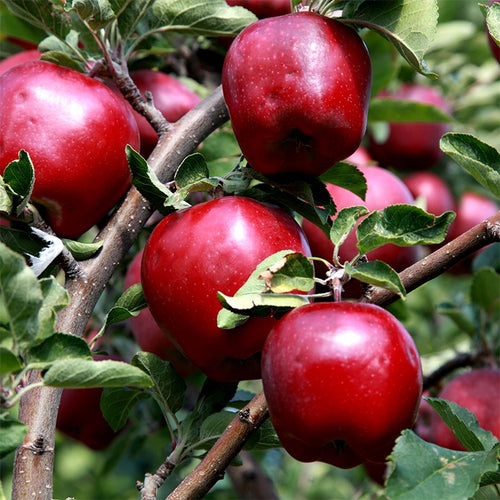The Many Reason To Eat Berries
TN Nurseries best sellers
Wild Strawberry
Black Raspberry
Blackberry
Dewberry
Low Bush Blueberry
For many years, it has been widely known that fruits and vegetables are excellent sources of vitamins and minerals. Because of that, they are some of the best things we can eat to benefit our health. Vegetables are highly nutritious, but many people do not enjoy their taste. On the other hand, Fruits are very good for our health, and their sweet taste attracts many people to them.
Berries are an excellent fruit to eat. Not only are they a great fruit because of their size, but there are very many other benefits that berries can give to the human body. One of the first remarkable things about berries is that they are a great food to eat if a person is looking to lose weight. Berries are a very high fruit in water content, and because of that, they are deficient in calories. Berries are small fruit and are straightforward to carry around in small containers. It is a good idea to keep fresh berries close by if you are trying to lose weight. In that way, if hunger strikes you, it will be easy to grab a healthy snack.
Antioxidants are in berries
The other great thing about berries is their very high antioxidants. Antioxidants are high for the human body because they help to fight against free radicals in cells. Antioxidant-rich foods help protect the body against many different types of cancers.
Berries are also a very heart-healthy fruit. Many studies have been done that have proven that berries can help to lower a person's cholesterol, and they can also help to lower a person's blood pressure. Berries also contain folate, which is a contributor to serotonin. Serotonin has been proven to fight against age-related diseases, and also it fights against things like depression and anxiety.
Since there are so many excellent benefits to eating berries, which are such an easy and good-tasting snack, it is a great idea to make berries a part of at least one meal a day. By adding fruit plants like berries to a family's daily food routine, that family can not only improve the number of vitamins and minerals that they all eat. They can also add a deliciously sweet fruit to their day that all of the family will taste and enjoy.




















































